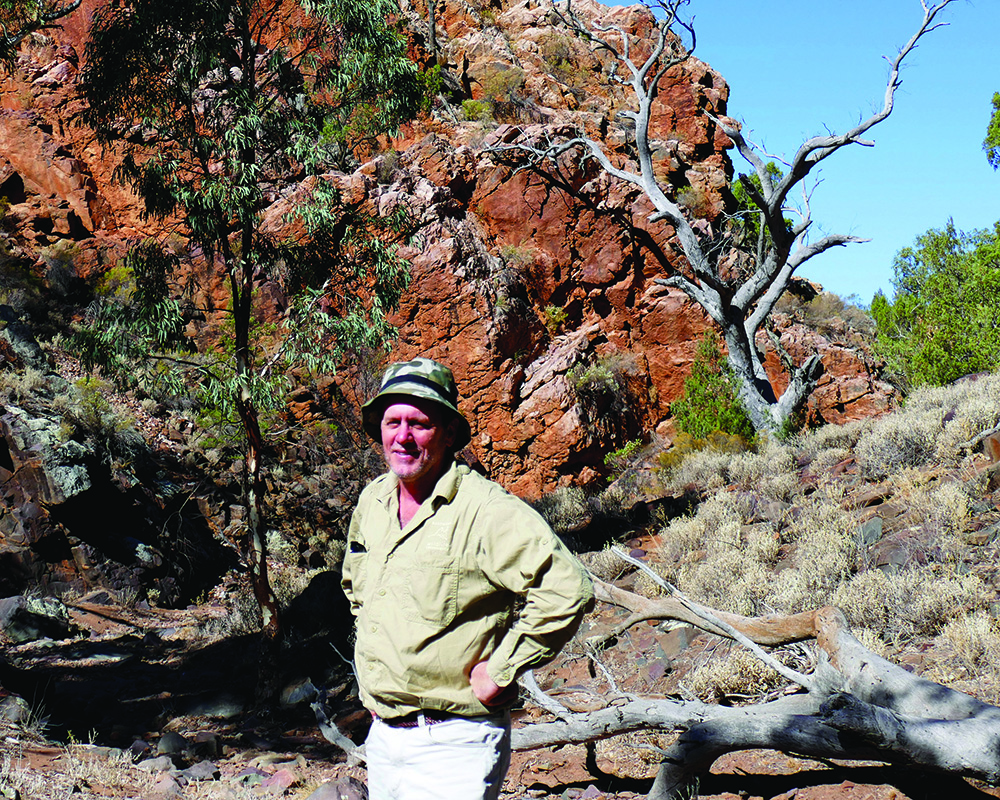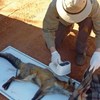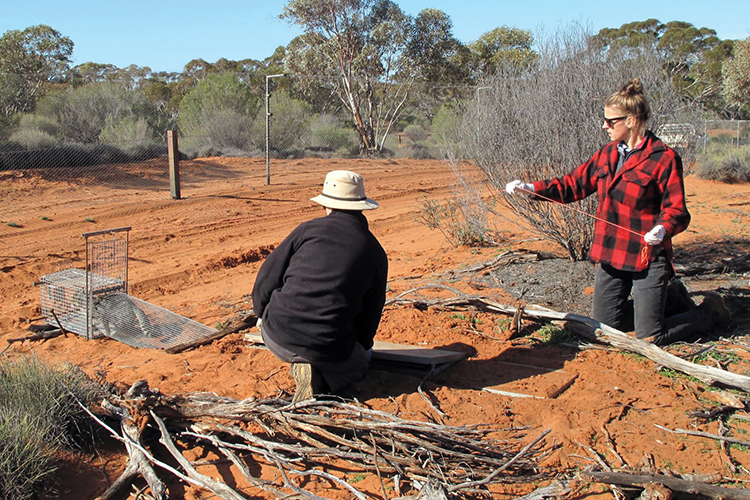
Researcher Profile: John Kanowski, A life in ecology
Monday, 24 September 2018TSR Hub researcher profile: John Kanowski
I grew up in a large family in country Queensland. Dad was a forester, mum a teacher. The foresters cared about bush, and fought to protect forests from conversion to agriculture, but they also valued their role in bringing jobs and development to rural Queensland.
When I first went to university, I ran as far as I could from this background. I studied English literature, philosophy and history, and got involved in progressive causes. This was during Bjelke-Petersen’s reign as premier. After completing my degree I moved to the bush, this time in northern New South Wales, where I lived on a community. I learnt how to build and to garden, and I planted a lot of trees. I felt a deep connection to the land.
In 1988, I ended up in Borneo with a couple of friends, trying to ‘save’ the Penan – indigenous hunter-gatherers whose land was being logged and livelihood displaced by a rapacious, corrupt frontier system. The Penan ended up saving us, carrying us out of the forest when we came down with jungle fever. The Malaysians arrested and deported us.
I arrived back in Australia with a strong desire to help in conservation, but aware how little I knew. I went back to university and studied conservation science, and then did a PhD in rainforest ecology in north Queensland. As a post-doc, I worked for nearly a decade on a project looking at the restoration of biodiversity in rainforest plantings. I worked under a really good ecologist, Carla Catterall.
Over time, working in rainforest restoration – although close to my heart – started to feel constrained. A mate contacted me about working for a private nature conservation and land management outfit, Australian Wildlife Conservancy. At the time, I’d not heard of it, but I trusted my friend and took the job. For the next five years I worked as Regional Ecologist for north-east Australia, conducting surveys in remote northern Australia, managing a small team and learning a lot of new ecology. I became personally responsible for conservation on AWC properties. This was both wonderful and scary: the ‘acid test’ of my ecological knowledge.
Since 2014, I’ve been managing AWC’s science program, including our involvement in the Threatened Species Recovery Hub. Over this time, AWC has doubled in size and the number of ecologists we employ now exceeds 50. We’ve taken on contracts with governments and are being held to account to deliver. We’ve developed a monitoring program that we think best meets our needs, and are conducting a range of ecological research projects.
While our work is strongly focused on improving conservation outcomes on our wildlife sanctuaries, we also engage with the broader scientific community, to keep abreast of what’s new, to share what we’ve learnt, to collaborate and to host academic research.
AWC’s mission is the conservation of Australian wildlife. That’s a goal I share. I don’t want to see any more extinctions.
Top image:John Kanowski manages the science program of the Australian Wildlife Conservancy, whose sanctuaries support over 60 nationally threatened animal species. Photo: Wendy Morris




